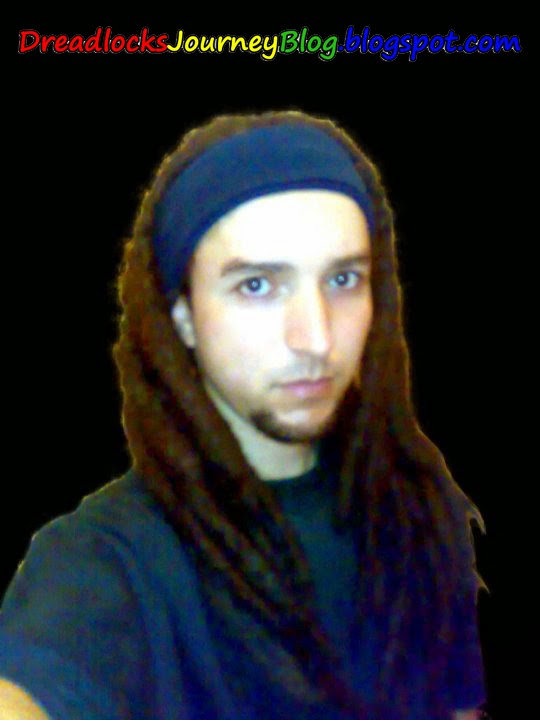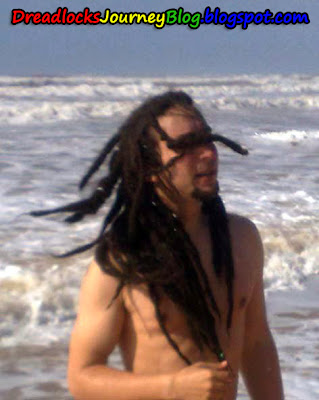Dreadlocks Journey: Neglect method (also called Natural method or Organic method) what you have to know.
First thing you must know is that this is the best way to have healthy dreadlocks, but choosing the method is a personal choice. Everyone is free in his hair, choosing a less natural dreadlocks method won't make you any less than the all natural way dreadheads.
Second thing: many people when they hear NEGLECT METHOD they think that you neglect your hair, in the way that you don't care about it or don't wash it.. WRONG. THE NEGLECT METHOD MEANS: not using any natural or chemical method to form the dreads and let the hair lock on itself with The minimum of help.
How to do the Natural/ Neglect/ Organic method?
You basically don't do anything to your hair except washing it, your hair HAS to be clean. It takes from four months to one year (depending on your hair texture) your hair will then start to lock, at that time you will have to help sectionning your locked hair by separating the dreads from the roots.
It is important that you start sectionning your hair when it just start dreading or it will form huge congos (when two dreads or more lock together).
Do this separation regularly, anytime you feel like your hair needs it. It may sound like it's ripped, but it's normal you don't have to worry about it, the longer your dreads are growing, the less separation you will need to make.
How often should I wash my "neglect" dreads??
You wash your dreadlocks twice a week and that's fine. Many Neglect people wash their hair less, like once a week, and that helps in forming the dreads faster, washing more than twice will slow down the dreading process, but it's up to you.
But you have to avoid any shampoo that leave residue behind. Make sure you use only natural residue free dread Soap. (I will post Natural receips later on this blog).
Maintaining neglect dreadlocks?
you don't have to do much really, Just separating the dreads and washing your hair.
But you may Moisturize your dreadlocks sometimes to avoid dryness, it helps keeping your hair healthy.
The golden word for Neglect dreadlocks is PATIENCE.
Yes, this dreading method need a lot of patience, you will not be seeing any dreadlocks in the first year, only crazy messy hair. And if you set up your mind on using the neglect method in your dreadlocks journey and you give up before you reach your goal then it's not worth it, just some wasted time. So make sure you are patient enough to go all the way in your journey. And believe me, it's really worth it.
Advantages of neclect dreadlocks.
It's an easy to do method, you don't need any help or experience, you can do it yourself. It is also the healthiest one.
I wouldn't say it's the only natural method because other than the chemical dreadlocks methods the other ones are natural too, but it's the most Natural one of them.
Disadvantages of neglect dreadlocks.
Takes a very long time so it needs a lot of patience, also the dreads are not all of the same size, and some people wouldn't like the "look" of their dreadlocks when they see diferent sizes on each dread. So if you care a lot about how your dreadlocks look, then this method is not for you.
Here is the video:
Facebook comment!







